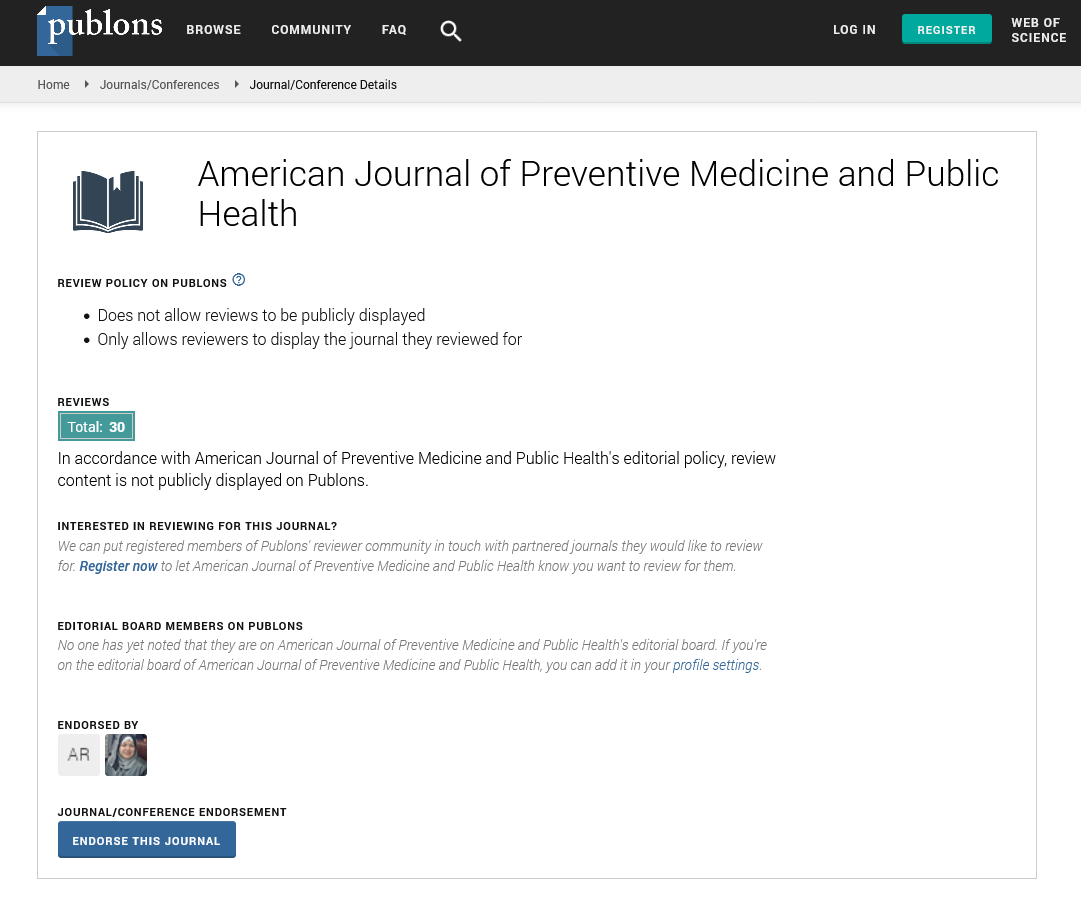Chemical and Physical Characterization of McIntyre Powder using Inductively Coupled Plasma Mass Spectroscopy and Electron Microscopy
Abstract
Dave K. Verma, Marcia Reid, James T. Purdham, Karen des Tombe
Aim: The objective of this study was to determine the chemical and physical characteristics of McIntyre Powder, which was stated to be a mixture of aluminum oxide and elemental aluminum. The aim was to (i) confirm this with the current techniques and to see if there were any toxic metals present, which could contribute to health effects including neurological disorders and Parkinson’s disease and (ii) obtain a precise particle size distribution. McIntyre Powder was inhaled by at least 27,500 gold and uranium miners of Ontario as prophylaxis to prevent silicosis during 1944–1979. Materials and Methods: The chemical characterization involved analysis by inductively coupled plasma mass spectroscopy (ICP-MS) and scanning electron microscopy (SEM). The physical characterization was carried out using transmission electron microscopy (TEM). Results: The chemical analysis results confirm that the McIntyre Powder contains mainly aluminum and only trace amounts of other metals. The physical characterization shows that it is about 12% of ultrafine (also referred to as nanoparticles) and 88% of fine particles. Approximate aerodynamic diameters of the particles are mean 321.5 nm (0.32 μm) and median 273.8 nm (0.27 μm) with a range from 9.5 nm (0.01 μm) to 1,314 nm (1.31 μm). Conclusions: There are no metallic impurities in McIntyre Powder in quantities that could make a significant contribution to health effects. There is a 12% ultrafine particle content which could be important because of the apparent ability to translocate to the brain.
PDF






